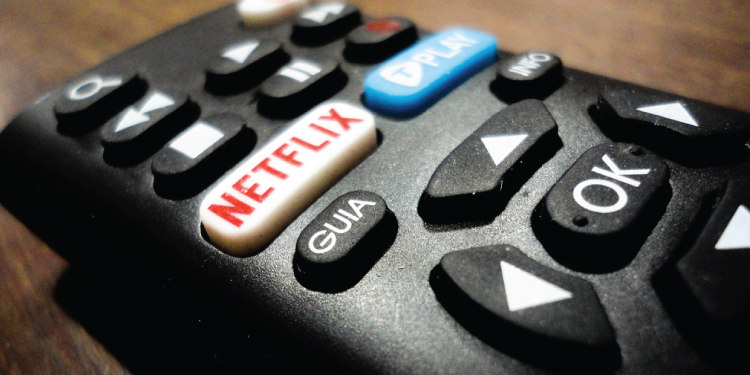Netflix recently made news with their amazingly funny and warm cease and desist letter to fans of the show Stranger Things. While the intent of the letter was still clear, and technically a request from the legal team, the tone of the letter is what got people talking. It’s the most customer-centric thing you might read today!

This refrain gained a lot of traction quickly!
We’ve all seen the demanding, somewhat threatening cease-and-desist letters that are the norm. When an organization truly embraces the idea of customer-centricity, amazing things can happen. Even your lawyers lighten up!
There are ways to get there, but most organizations stop short. Considering the customer at the center of all means re-framing situations and addressing the intent of the customer – not just the outcome. Take a look at how Netflix did that.
Fans had created a pop-up Stranger Things bar, and obviously had not asked for permission to do so from the brand. Instead of saying “close your doors today!” the letter asks them to not extend the original 6-week timeline publicized.
They took into account how these customers are actually RAVING FANS of their product. Their love of the show is what prompted them to create something in the first place. They were being recognized as fans, not criminals.
Netflix has had its ups and downs in customer experience, but for the last few years, they seem to be on track to be known as one of the customer experience demigods. This letter shows just how deep this customer-centric culture runs.
When approaching your customer experience, you may find it hard to convince your legal team that writing a letter like this is in the best interest of the organization. After all, their job is to protect the products and best interests of the organization.
What if your customer experience mission was so top-of-mind and embraced that your entire organization understood that it is ok to consider the customer in roles where it traditionally hasn’t been accepted?
There are simple ways to change how everyone in your organization feels about your customers, which leads to how they behave and act towards your customers. But first, you need to commit to being a customer-centric organization in the first place. Start with a mission, then take steps to really act on that mission.
If you’re thinking “I’m the only one who cares around here,” you’re unfortunately part of the problem. Find ways to help others care about their customers. Don’t miss opportunities to make things just a bit better for them. Netflix’s legal team saw an infringement on their intellectual property as an opportunity to connect with super fans.
If they can do it, you can, too!
 Jeannie is an award-winning customer experience expert, international keynote speaker, and sought-after business coach who is trailblazing the movement from “Reactive Customer Service” to “Proactive Customer and Employee Experience.” More than 500,000 people have learned from her CX courses on LinkedIn Learning, and her insights have been featured in Forbes, The Chicago Tribune, The Wall Street Journal and NPR.
Get Jeannie’s insights in your inbox each week by subscribing to The Weekly Win and follow her on LinkedIn, Instagram and YouTube.
Jeannie is an award-winning customer experience expert, international keynote speaker, and sought-after business coach who is trailblazing the movement from “Reactive Customer Service” to “Proactive Customer and Employee Experience.” More than 500,000 people have learned from her CX courses on LinkedIn Learning, and her insights have been featured in Forbes, The Chicago Tribune, The Wall Street Journal and NPR.
Get Jeannie’s insights in your inbox each week by subscribing to The Weekly Win and follow her on LinkedIn, Instagram and YouTube.